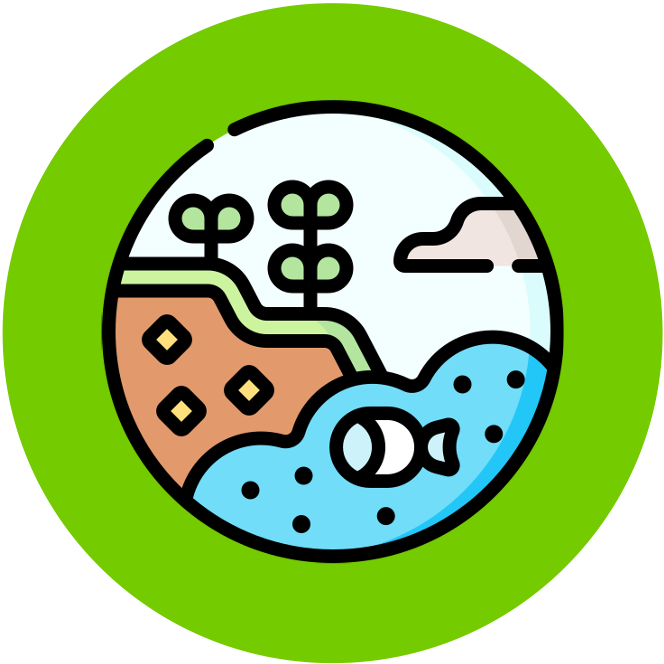

Ecosystems
SL Content Statements
-
D4.2.1
Stability as a property of natural ecosystems
-
Illustrate ecosystem stability with evidence of forest, desert or other ecosystems that have shown continuity over long periods. There is evidence for some ecosystems persisting for millions of years.
-
D4.2.2
Requirements for stability in ecosystems
-
Include supply of energy, recycling of nutrients, genetic diversity and climatic variables remaining within tolerance levels.
-
D4.2.3
Deforestation of Amazon rainforest as an example of a possible tipping point in ecosystem stability
-
Include the need for a large area of rainforest for the generation of atmospheric water vapour by transpiration, with consequent cooling, air flows and rainfall. Include uncertainty over the minimum area of rainforest that is sufficient to maintain these processes.
AOS: Students should be able to calculate percentage change. In this case the extent of deforestation can be assessed by calculating the percentage change from the original area of forest.
-
D4.2.4
Use of a model to investigate the effect of variables on ecosystem stability
-
Mesocosms can be set up in open tanks but sealed glass vessels are preferable because entry and exit of matter can be prevented but energy transfer is still possible. Aquatic or microbial ecosystems are likely to be more successful than terrestrial ones.
NOS: Care and maintenance of the mesocosms should follow IB experimental guidelines.
-
D4.2.5
Role of keystone species in the stability of ecosystems
-
Students should appreciate the disproportionate impact on community structure of keystone species and the risk of ecosystem collapse if they are removed.
-
D4.2.6
Assessing sustainability of resource harvesting from natural ecosystems
-
Sustainability depends on the rate of harvesting being lower than the rate of replacement. Include one terrestrial plant species and one species of marine fish as examples of renewable resources and how sustainability of harvesting can be assessed.
-
D4.2.7
Factors affecting the sustainability of agriculture
-
Include the need to consider soil erosion, leaching of nutrients, supply of fertilizers and other inputs, pollution due to agrochemicals, and carbon footprint.
-
D4.2.11
Restoration of natural processes in ecosystems by rewilding
-
Methods should include reintroduction of apex predators and other keystone species, re-establishment of connectivity of habitats over large areas, and minimization of human impact including by ecological management. Include the example of Hinewai Reserve in New Zealand.



